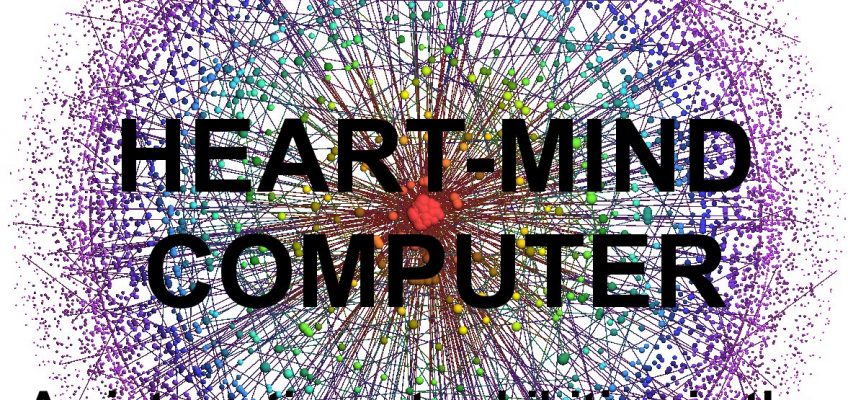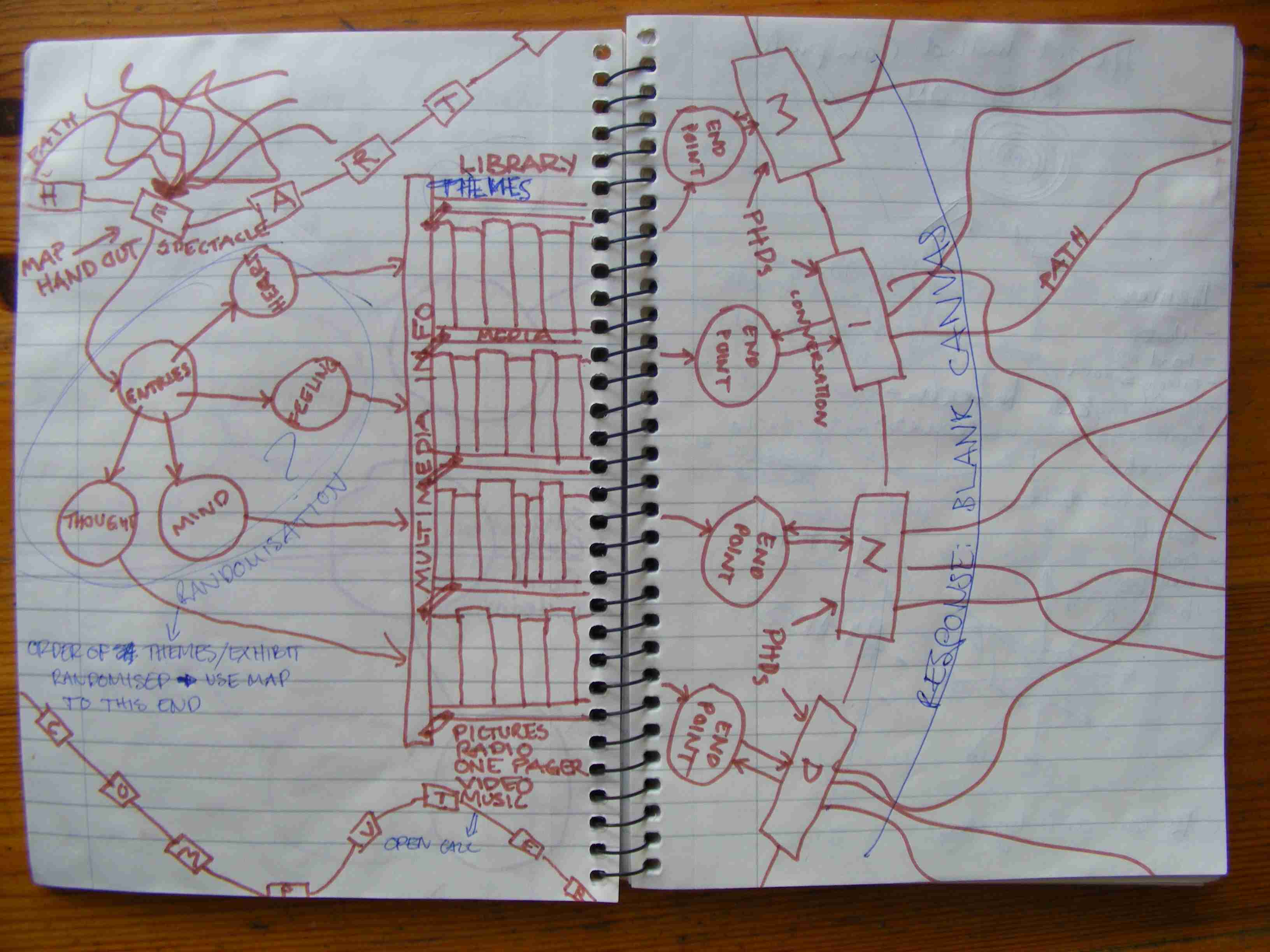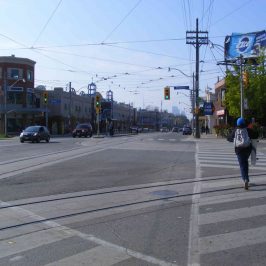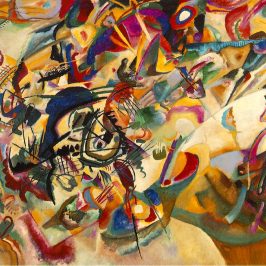What is the Heart-Mind Computer? I offer you my initial thoughts and visions for the Heart-Mind Computer. Not as a way of explaining what it is, or what I think it ought to/could/would be if it was enacted or received in a certain way, but rather as a piece in a perpetual puzzle:
“The Heart-Mind Computer is an interactive experiment in connecting the spectator’s thoughts and feelings with a range of themes linked to the environment. It details how the spectator experiences different aspects of environmental thematics and maps her subjective position on the planes of the heart and the mind. It consists of ten art installations created to break down the physical and mental distance to specific facets of the environment and reconstruct these issues in terms of the spectator’s own life world. Each art piece is conceived and developed by individual artists and expresses their unique vision for facilitating interaction with one of the themes … The vision is to create as varied an experience as possible and there are no boundaries in terms of materiality; the only limit is the imagination of the artist.”
What was the Heart-Mind Computer on April 20th in the Sainsbury Centre?
Here is a video which tries to capture what happened that night:
Here is a diagram which I used to convince the Sainsbury Centre to put on the exhibition:
Here are a couple of comments from spectators:
“It’s really interesting”
“I’m confused”
“The best exhibition I’ve been to”
“It was fun!”
“Not what I expected”
It was exposure of nine artists to the public.
It was entertainment.
It was a nice evening out on the Norwich art scene.
It was ‘experiential learning’, and 0.5 credits in my Personal and Professional Development programme.
On the morning of April 20th I woke up knowing that the Melodrome, my installation for the Heart-Mind Computer which was supposed to be ready at 6pm that same evening, was not working the way it was intended. In fact, it didn’t work at all. My computer wasn’t picking up any signal from the electronic drum kit.
The day before we didn’t know if we’d have enough people to ‘facilitate’, i.e. talk with the spectators about their thoughts and impressions.
Just three days earlier I had finally managed to find an actor to play the Heart-Mind scientist.
A week earlier I still had no idea if my supposed installation would end up remotely resembling my ideas for it.
A month earlier, I think it is fair to say, the Heart-Mind Computer existed as nothing besides an idea and ten people having committed to show up on a Wednesday evening with some art (two of whom dropped out for different reasons).
As it turned out, the Melodrome was fixed, we found a bunch of highly qualified facilitators, and the night went smoothly without problems. When, about three quarters of an hour after the exhibition had launched, I was finally able to relax and switch off organiser-mode, I realised that the Heart-Mind Computer was full of people that seemed to be enjoying themselves. Kids were running around with maps in their hands, pointing “I want to go there”. Adults were smilingly and nervously trying to avoid speaking to the facilitators. Some were looking genuinely interested and engaged in the installations.
Did you know that ground salt, or any other minute particulate matter, react to sound waves by forming themselves into (quite spectacular) geometrical shapes that change with the frequency?
Have you thought about how an object that we collectively label “waste” could just as well be called “purse”, “jewellery”, or “chess board”?
Can you tell what a boiling kettle, a snowflake, the Himalayan glaciers, and your daily showers have in common?
How do you square the intrinsic (and even the economic) value of bees with Bayer’s profits from the sale of neonicotinoids?
So, what was the Heart-Mind Computer? “A calculation of where you are situated on the Heart-Mind Plane in relation to different environmental themes?”
Now, in the rear-view, the Heart-Mind Computer was a thoroughly enjoyable, if slightly stressful, evening that ended on a celebratory note in a pub.
There is talk of re-enacting, re-staging, transforming, the Heart-Mind Computer to a different venue in the autumn. What will it be then?
The Heart-Mind Computer was not “mapping your subjective position on the planes of the heart and the mind”. Could it be?
You see, perhaps the Heart-Mind Computer isn’t really anything. Maybe it just is. It is something for sure. But something intangible. Like an absurd story, one without a beginning, a middle, or an end. A story taking place in the past and the future at the same time. A story about stories. How we came to be such and such in our worlds. How our worlds came to be this and that.
In his CBC Massey Lectures, “The Truth About Stories”, Thomas King asks: “Did you ever wonder how it is we imagine the world in the way we do, how it is that we imagine ourselves, if not through our stories?”
In this way, the Heart-Mind Computer is your story, is my story, is our story. Is. Was. Could be.
What is the Heart-Mind Computer? Meaning-making. Meaning-in-the-making. Question mark. In the words of Ben Okri: “If we change the stories we live by, quite possibly we change our lives”.







Ragnarok and the fate of the Danish soul
has to have constellating images to pull together all these tendencies to separation,...